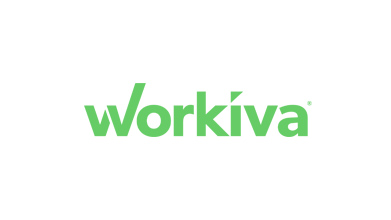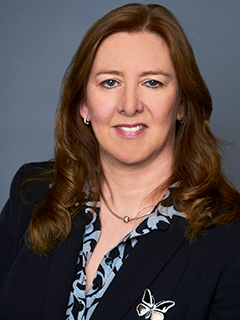Explore client stories

Private equity’s hot new investment: Mining ROI from within
Here’s how KPMG helped a leading private equity company transform its fund reporting operations and generate new value for investment partners.
Helping clients increase transparency and stay ahead of risk
Learn how KPMG and Workiva helped a client along their ESG readiness journey.

Reporting and insights accelerated with a digitized, connected, and faster close
KPMG and Workiva help a global IT company transform its financial processes from good to great

An innovative recipe
KPMG SOX On Demand delivers transparency and innovation for a global food maker.












